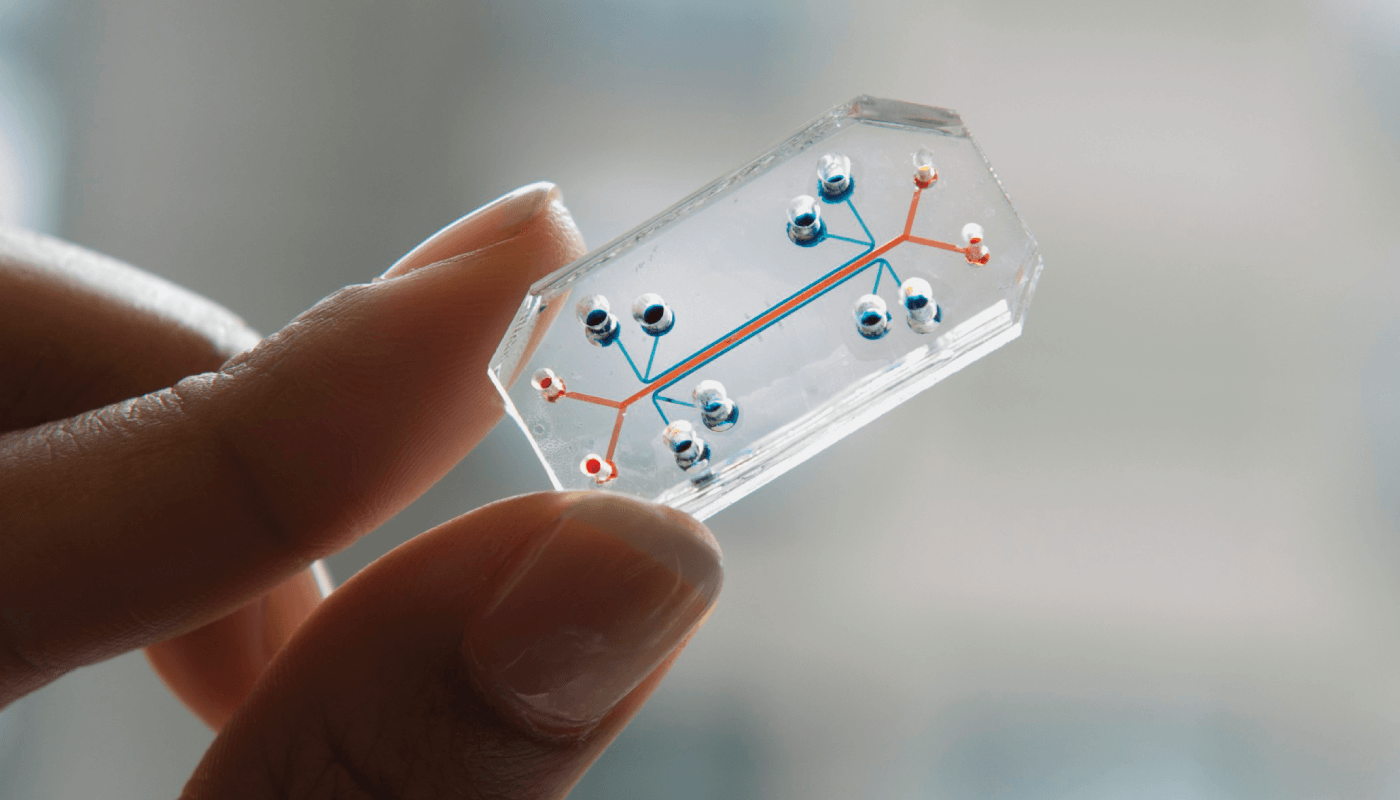
Biotechnology is ever evolving, with breakthroughs enabling researchers to more efficiently translate data produced in the lab to human need. The advent of the organ-on-chip (OOC) technology represents one such breakthrough – and now researchers at Eberhard Karls University Tübingen, Germany, have combined OOC and human induced pluripotent stem cells (iPSCs) to develop a retina-on-a-chip model to help determine the effectiveness of gene therapy vectors (1).
The group grows human iPSCs into 3D retinal organoids – containing all the cells of the retina in a mini-organ. These are contained within the chambers of a fluidic device (the chip), which allows imaging and feeding of the tissue. The researchers used the model to analyze the function and potency of adeno-associated virus (AAV) vectors – with correlating in vivo data, showing the translational effectiveness of their model. The team hope the retina-on-a-chip model will be used for high-throughput screening.
Human iPSCs can be generated from skin or hair cells, which are reprogrammed to a pluripotent state, enabling further differentiation into many different cell types. By using iPSCs, personalized OOC models are possible, which allows patient specific responses to gene therapies – or any therapeutic or potentially toxic agent – to be recorded.
References
- K Achberger et al., “Human stem cell-based retina on chip as new translational model for validation of AAV retinal gene therapy vectors,” Stem Cell Reports, 16, 2242 (2021). PMID: 34525384.
